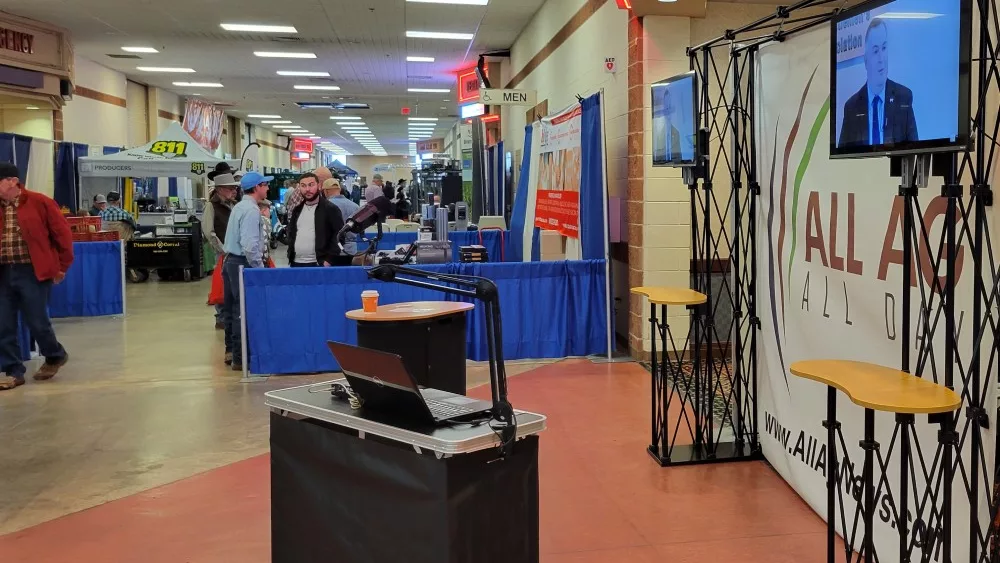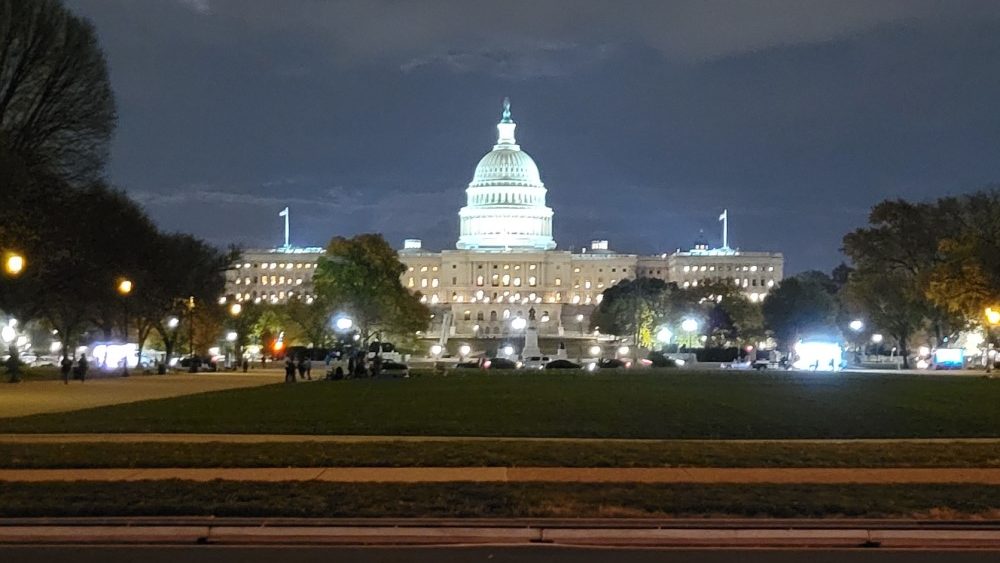
WASHINGTON, DC – Hemp was grown in the United States for its entire history until 1937, when the Federal government banned the crop as part of a more significant effort to restrict marijuana use.
Though the drug and the industrial form of hemp – used to make paper, rope, and other fiber products as well as a feed grain for livestock – are not the same, the sweeping regulation led to the demise of the once-thriving industry.
In 2018, Congress finally allowed hemp to be grown and harvested with tight guidelines to ensure that the crop would be used for legitimate purposes and not for “getting high.”
This year (2021), hemp producers across the country have insured more than 12-thousand acres under 59 policies to protect almost $11 million in liabilities.
This week, USDA’s Risk Management Agency (RMA) announced plans to strengthen the hemp crop insurance policy by adding flexibilities around how producers work with processors and improving consistency with the most recent USDA hemp regulation.
“Hemp is an emerging crop, and we are working with hemp producers to provide insurance options that make sense for producers and insurance providers,” RMA Administrator Marcia Bunger said. “RMA has worked to expand and refine our offerings to be responsive and dynamic.”
Producers are no longer required to deliver hemp without economic value for insurability, though contracts between producers and processors may still include delivery requirements.
In addition, RMA added a new requirement for producers who grow direct-seeded hemp or hemp grown from seeds planted in the ground requiring producers to have acreage inspected, showing a minimum of 1,200 live plants per acre.
The hemp crop insurance policy is available in certain counties within 25 states: Alabama, Arizona, Arkansas, California, Colorado, Illinois, Indiana, Kansas, Kentucky, Maine, Michigan, Minnesota, Montana, Nevada, New Mexico, New York, North Carolina, North Dakota, Oklahoma, Oregon, Pennsylvania, Tennessee, Texas, Virginia, and Wisconsin.
Hemp producers can learn more at farmers.gov/hemp.
(SOURCE: All Ag News)




